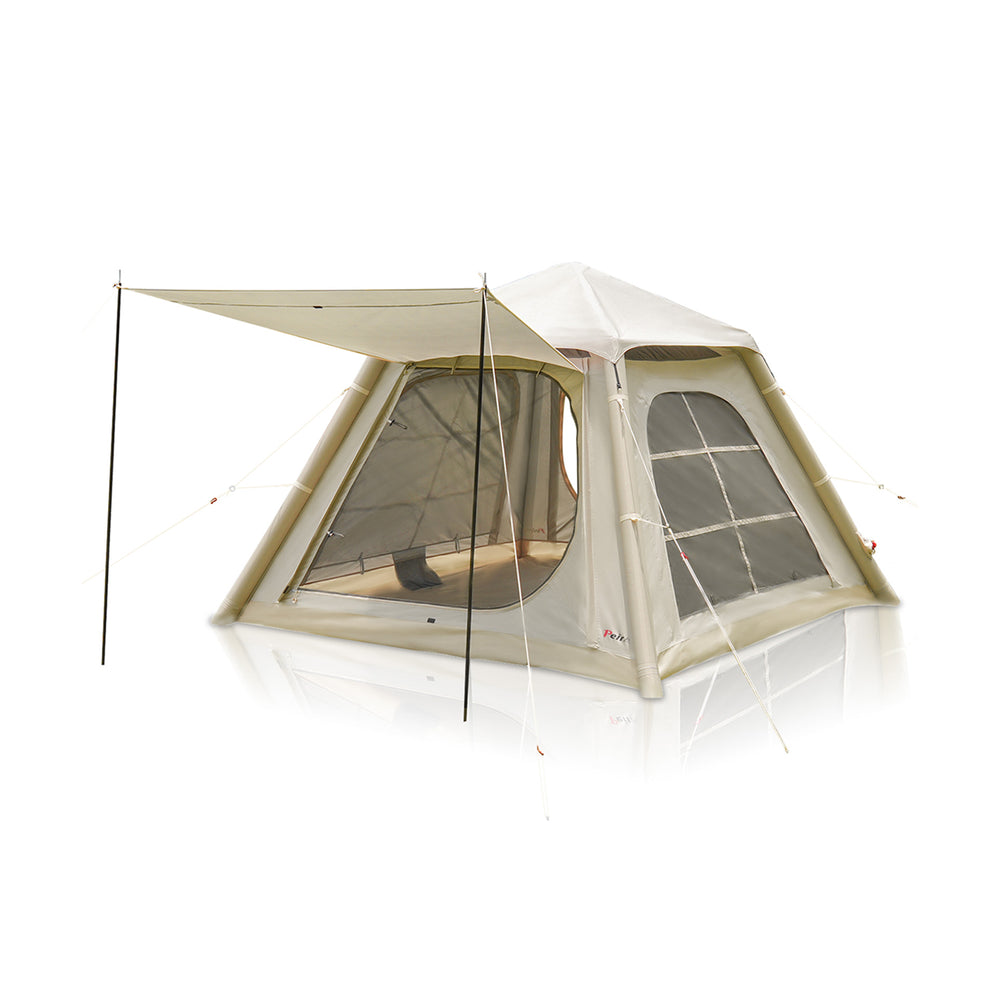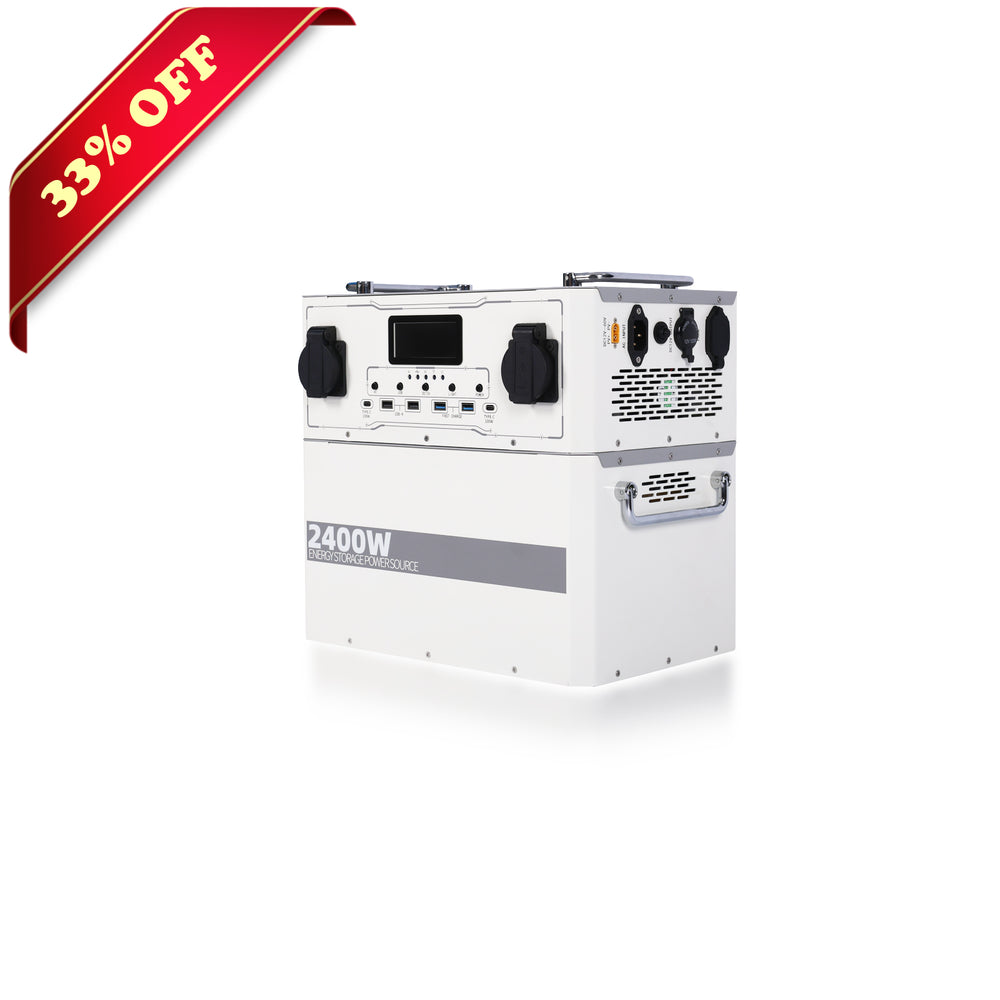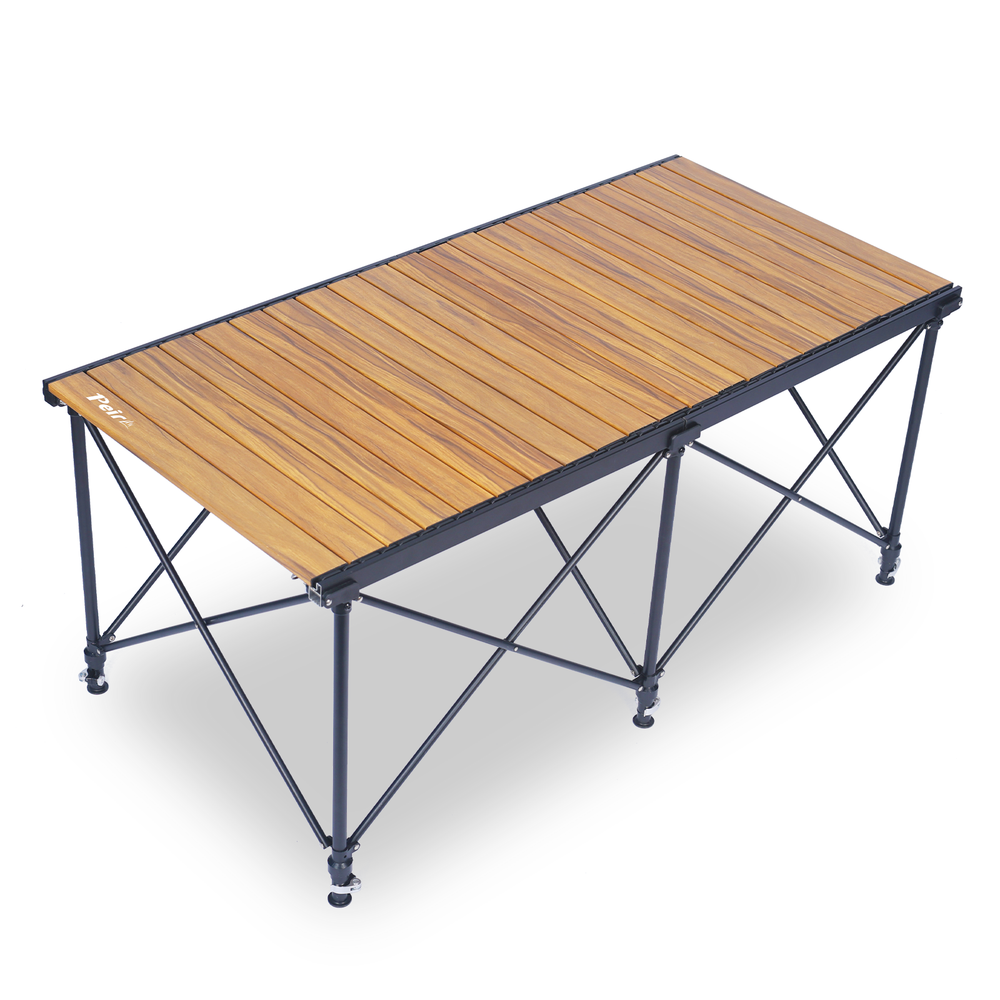Embarking on a camping trip brings excitement and anticipation. Gazing at a starry sky, the crackling of a campfire, the fresh mountain air - camping offers a unique way to reconnect with nature. But amidst the thrill, one essential question arises: do you really need a sleeping bag for camping?While some might think a blanket or sleeping pad would be enough, for camping a proper sleeping bag is vital for maintaining warmth and comfort throughout the night.
Choosing a sleeping bag is probably one of the more complicated gear purchase decisions, for outdoor neophytes and seasoned backcountry veterans alike. There's a lot to consider—weight, packability, warmth, comfort—and there's a lot of sleeping bags to choose from.
Do you need a sleeping bag for camping?
In a nutshell, yes, you do. Sleeping bags for camping are not merely optional extras; they are fundamental pieces of gear that can significantly enhance your camping experience. Whether a seasoned outdoor enthusiast or a new camper, a reliable sleeping bag is your ticket to a restful night under the stars.A well-constructed sleeping bag should keep you warm and protect you from the weather while being portable and light enough not to add significantly to the weight of your pack. Additionally, it offers defense against insects like ticks and mosquitoes, particularly in regions where they are known to make their homes.
Sleeping bags are essential for keeping warm and comfortable
When camping, a sleeping bag is an excellent method to keep yourself warm. Unlike an air mattress or an insulated sleeping pad, sleeping bags are less expensive, lighter, and more compact. Since sleeping bags can be used in all four seasons, considering you have a warm layer on top, they are more versatile than many other forms of camping equipment.There are two primary shapes of sleeping bags: rectangle-shaped and mummy-style. The most popular bag is rectangular-shaped, usually composed of tightly packed synthetic fibers for durability and warmth. Hammock camping enthusiasts can also find specially designed hammock sleeping bags. These provide warmth and insulation while conforming to the curved shape of a hammock.
Recommend:
Understanding Sleeping Bag Temperature Ratings
Because you can always unzip a bag that feels too warm, you should pick a sleeping bag with a lower temperature rating than the lowest nighttime temperature you expect where you plan to camp. If you will use your bag into the colder months of the year, look at bags that can handle lower temperatures:

All this said, be aware that temperature ratings, which are based on an "average sleeper," mainly allow you to compare bags to one other. A wide range of other factors affect how you'll really feel once you're outdoors: your sleeping pad, what you wear sleeping, humidity and wind, your metabolism and more.
Choosing a Sleeping Bag Shape
In general, campers want bags that offer ample room to stretch out and roll over, which is why so many camping bags have a simple rectangular design. It's hard to predict if you feel a bag is roomy enough without zipping yourself inside a bag.Sleeping bags come in three basic shapes:
- Rectangular: These bags allow plenty of room for both legs and arms to stretch out; some can be completely unzipped and used like a comforter.
- Semirectangular: Also known as a "modified mummy" or "barrel" shape, this designation covers a variety of shapes, all of which offer a compromise between warmth and roominess.
- Mummy: In order to boost warmth and cut weight, this bag style has a snug fit—you roll over with your bag rather than inside of it.
- Double bags: Bags made for two are the best bet for couples who plan to sleep together. Another option is to choose rectangular bags designed for zipping together—the bags need to be the same model and brand. A few bags also can be zipped together if one person chooses a right-hand zip and the other a left-hand zip.
- Kid-size sleeping bags: These are simply shorter, smaller and more affordable variations of adult sleeping bags.
Sleeping bags don't have to be expensive
Despite popular belief, spending a fortune on a high-quality sleeping bag when camping is not always necessary. Although high-end models with sophisticated features could be expensive, many affordable ones with outstanding performance and longevity are available.When shopping for a sleeping bag, consider factors such as temperature rating, insulation type, weight, and packability. You can find a sleeping bag that strikes the perfect balance between affordability and functionality by prioritizing your specific needs and preferences.
How to choose a sleeping bag?
Whether you are embarking on a rugged backpacking expedition or simply enjoying a weekend getaway under the stars, selecting the right sleeping bag is essential for a rejuvenating outdoor experience. Selecting the right sleeping bag for camping can seem daunting, but with the proper guidance, it becomes a breeze. Start by determining the climate and conditions of your camping destination, as this will dictate the appropriate temperature rating for your sleeping bag.
Next, think about how you prefer to sleep, including your preferred body heat retention and sleeping posture. Do you like a tight, mummy-like fit or plenty of room to shift about if you sleep on your side? Don't forget to account for any unique features you might want, such as a hood for extra warmth or ventilating zipped vents.Once you've narrowed your options, don't forget to test different models in person to ensure a proper fit and comfort level.
Additional Sleeping Bag Features
- Sleeping bag shells: The outer fabric, which is made of either a durable polyester or nylon, has a durable water repellent (DWR) finish to protect the insulation inside the shell from dampness. Inside the bag, you'll find materials with a soft, warm texture.
- Sleeping bag hood: A snug-fitting hood can make a bag much warmer, so you're more likely to find hoods on bags with lower temperature ratings.
- Zipper features: Getting a bag with more than one zipper slider makes it easy to adjust ventilation. In addition, some bags prevent zipper snagging by shielding the zipper with a guard along its full length; others tackle the issue with a cover of the zipper itself.
- Stash pocket: A few bags offer a handy zippered stash spot for things like a watch or lip balm.
Sleeping Bag Accessories
- Stuff sack: A sleeping bag stored in a stuff sack will take up less space when you stow it in your vehicle.
- Storage sack: Leaving a bag permanently smooshed inside its stuff sack is hard on the insulation, so a lot of bags also come with a large mesh or cotton storage sack for long-term storage.
- Sleeping bag liner: Slipping a soft sleeping bag liner inside your bag helps keep it clean and adds extra warmth when needed. Camping in hot weather? Skip the bag and just sleep in the liner.
FAQ
What is an alternative to a sleeping bag?
But a sleeping bag isn't your only option when it comes to bedding. Enter: the camp quilt. A quilt is an increasingly popular alternative to sleeping bags, especially among thru-hikers and other long-haulers, thanks to its light weight and versaility.
Can I use a blanket instead of a sleeping bag?
Conclusion. If you are fond of camping during cold seasons, a sleeping bag will be great for you because it is designed to keep you comfortable. However, if you appreciate sleeping without feeling confined, one or several blankets will do. If you are a summer camper, you will be better off with a blanket.
Can a camping blanket replace a sleeping bag?
Lots of ultralight backpackers and thru-hikers use quilts because they tend to be significantly lighter than full sleeping bags due to the lack of zipper and hood. It's essentially a sleeping bag without a back, designed to be used with a really good sleeping pad or mattress.












 Peirhw Inflatable House Tent - Starry Night Love
Peirhw Inflatable House Tent - Starry Night Love
 Peirhw Glamping Tents - Friendship Castle
Peirhw Glamping Tents - Friendship Castle
 Peirhw Inflatable Canopy Tent - Adventurer
Peirhw Inflatable Canopy Tent - Adventurer



 Peirhw Portable Air Conditioner
Peirhw Portable Air Conditioner
 【Advance Sale】Peirhw Portable Power Station 2400W
【Advance Sale】Peirhw Portable Power Station 2400W
 【Advance Sale】Peirhw Portable Power Station 600W
【Advance Sale】Peirhw Portable Power Station 600W





 Peirhw Self Inflating Sleeping Pad
Peirhw Self Inflating Sleeping Pad
 Peirhw Air Mattress (8" Queen Type)
Peirhw Air Mattress (8" Queen Type)
 Peirhw Camping Sleeping Bag
Peirhw Camping Sleeping Bag


 Peirhw Butterfly-shaped Canopy for Camping
Peirhw Butterfly-shaped Canopy for Camping
 Peirhw Camping Waterproof Canopy (Cannot be Purchased Separately)
Peirhw Camping Waterproof Canopy (Cannot be Purchased Separately)


 Peirhw Outdoor Folding Chairs
Peirhw Outdoor Folding Chairs
 Peirhw Folding Camping Table
Peirhw Folding Camping Table












